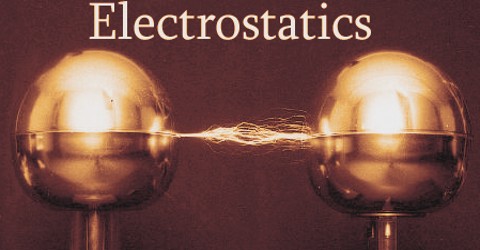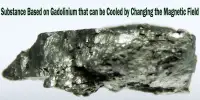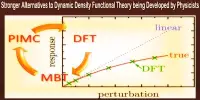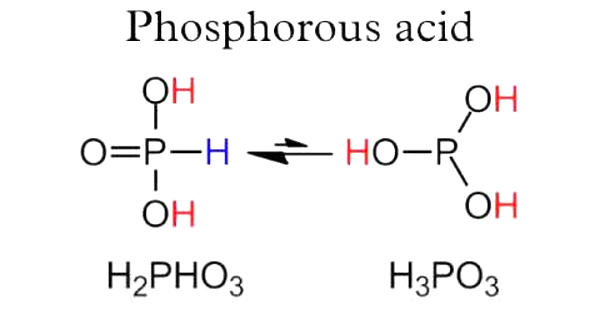Electrostatics
Definition
Electrostatics is the study of electromagnetic phenomena that occur when there are no moving charges—i.e., after a static equilibrium has been established and it is a branch of physics. Its other name is ‘static electricity’. A Greek philosopher ‘Thales’ in 600 BC conducted an experiment. He observed that when amber was rubbed with some woolen cloth it gets charged and immediately started attracting small pieces of paper, corks, dust particles, etc. Amber is a yellowish brown translucent substance found along some of the famous seacoasts and is also used in jewelry items. Greek name of ‘Amber’ is ‘Electrum’. It was originated from the words electric charge, electric field, electric force, electricity and electron.

Electrostatics is also called as ‘frictional electricity’. When two non insulating bodies are rubbed with each other then the charges at rest are generated due to the presence of friction in them. When a glass rod is rubbed with a piece of silk cloth then it gets charged. In other words we can say that rod is ‘Charged’ or ‘Electrified’. Some examples are: Similar is the case of Comb. It also gets charged or electrified when it is passed through dry hair. A paper sheet also gets charged when it is passed through the machine in the printing press.
Electrostatics involves the buildup of charge on the surface of objects due to contact with other surfaces. Although charge exchange happens whenever any two surfaces contact and separate, the effects of charge exchange are usually only noticed when at least one of the surfaces has a high resistance to electrical flow. This is because the charges that transfer are trapped there for a time long enough for their effects to be observed. These charges then remain on the object until they either bleed off to ground or are quickly neutralized by a discharge: e.g., the familiar phenomenon of a static ‘shock’ is caused by the neutralization of charge built up in the body from contact with insulated surfaces.
Applications of Electrostatics:
- Generators are designed using the property of electrostatics. Its popular example is Van de Graff generator.
- Spraying of paints, powder, etc using electrostatic spraying technique.
- In loudspeakers and microphones.
- Pollution prevention techniques of atmosphere for separation of fly ash.
- Also used for ink jet printing.

Coulomb’s Law
Static electricity is a familiar electric phenomenon in which charged particles are transferred from one body to another. For example, if two objects are rubbed together, especially if the objects are insulators and the surrounding air is dry, the objects acquire equal and opposite charges and an attractive force develops between them. The object that loses electrons becomes positively charged, and the other becomes negatively charged. The force is simply the attraction between charges of opposite sign. The properties of this force were described above; they are incorporated in the mathematical relationship known as Coulomb’s law.
Superposition Principle
This calculation demonstrates an important property of the electromagnetic field known as the superposition principle. According to this principle, a field arising from a number of sources is determined by adding the individual fields from each source. The principle is illustrated by, in which an electric field arising from several sources is determined by the superposition of the fields from each of the sources. In this case, the electric field at the location of Q1 is the sum of the fields due to Q2 and Q3. Studies of electric fields over an extremely wide range of magnitudes have established the validity of the superposition principle.
In the Cartesian coordinate system, this necessitates knowing the magnitude of the x, y, and z components of the electric field at each point in space. It would be much simpler if the value of the electric field vector at any point in space could be derived from a scalar function with magnitude and sign.
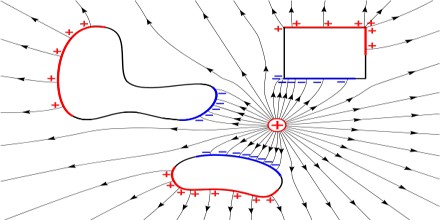
Electrostatic Induction
Electrostatic induction, discovered by British scientist John Canton in 1753 and Swedish professor Johan Carl Wilcke in 1762 is a redistribution of charges in an object caused by the electric field of a nearby charge. Induction is also responsible for the attraction of light objects, such as balloons, paper scraps and Styrofoam packing peanuts to static charges. The surface charges induced in conductive objects exactly cancel external electric fields inside the conductor, so there is no electric field inside a metal object. This is the basis for the electric field shielding action of a Faraday cage. Since the electric field is the gradient of the voltage, electrostatic induction is also responsible for making the electric potential (voltage) constant throughout a conductive object.
